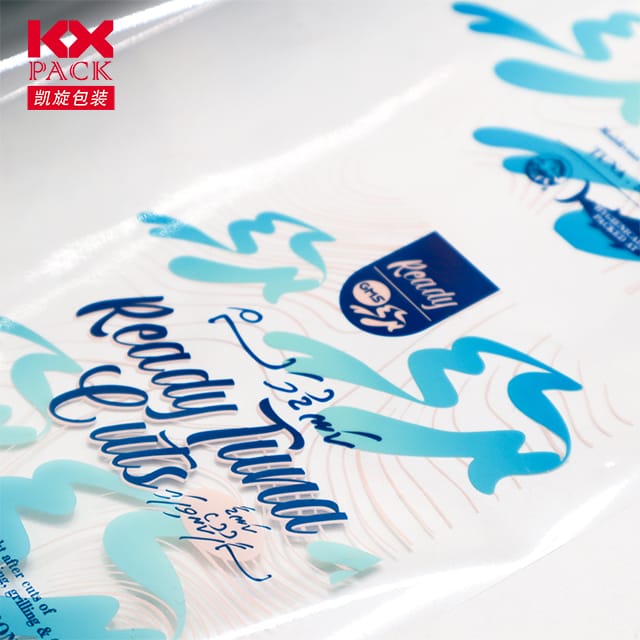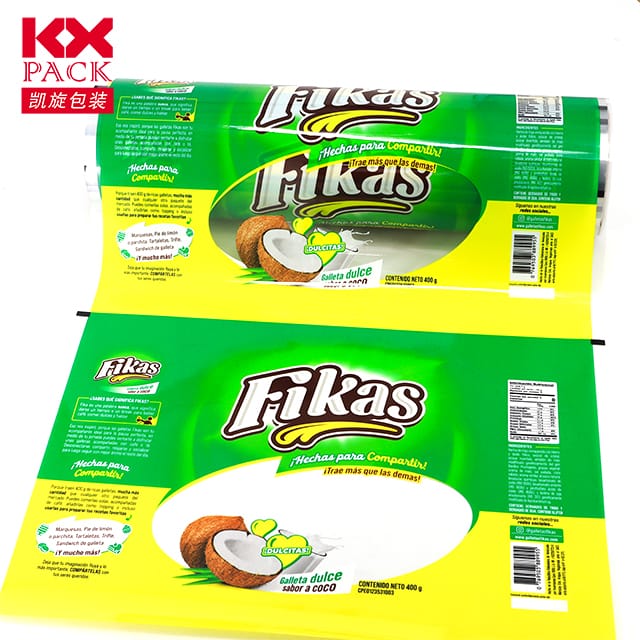შეფუთვის ფილმების ევოლუცია: ინოვაციები მართვის მდგრადობას, ფუნქციონირება, და სამომხმარებლო მიმართვა
შეფუთვის ფილმები
დღევანდელი სწრაფი ნაბიჯებით სამომხმარებლო ლანდშაფტში, packaging films play a pivotal role in preserving products, ბრენდის ხილვადობის გაძლიერება, და მდგრადობის მიზნების შესრულება. საკვებიდან და ფარმაცევტული საშუალებებიდან ელექტრონიკამდე და ელექტრონული კომერციამდე, ეს მრავალმხრივი მასალები თანამედროვე შეფუთვის უღიმღამო გმირებია. მაგრამ რა ხდის შეფუთვის ფილმებს ასე შეუცვლელი, and how are manufacturers innovating to keep up with evolving demands? Let’s dive into the world of packaging films—exploring their types, სარგებელი, გამოწვევები, და სამომავლო ტენდენციები.
1. What Are Packaging Films?
Packaging films are thin, flexible materials used to wrap, ბეჭედი, or protect products. They can be made from various polymers, including:
- პოლიეთილენი (PE): Common in grocery bags and food wraps due to its flexibility and moisture resistance.
- პოლიპროპილენი (PP): Known for its clarity and strength, often used in snack packaging and labels.
- პოლიესტერი (PET): Offers high tensile strength and heat resistance, ideal for blister packs and ovenable trays.
- ბიოდეგრადირებადი ფილმები: Made from materials like PLA (პოლილაქტური მჟავა) ან სახამებლის ნაზავი, targeting eco-conscious markets.
- Multi-Layer Films: Combining different polymers to optimize barrier properties (მაგ., ჟანგბადი, ტენიანობა, სინათლე) for extended shelf life.
2. Key Functions of Packaging Films
Modern packaging films do much more than just contain products. They serve multiple critical roles:
- დაცვა: Shielding items from contamination, ტენიანობა, ულტრაიისფერი სხივები, and physical damage.
- შენარჩუნება: Extending shelf life for perishables like fresh produce, meats, და ფარმაცევტული საშუალებები.
- მოხერხებულობა: Enabling easy-to-open, resealable, or single-serve packaging formats.
- ბრენდირება: Providing a printable surface for logos, product info, and eye-catching designs.
- მდგრადობა: Reducing waste through lightweighting, recyclability, or compostability.
3. Innovations Shaping the Future of Packaging Films
The packaging industry is undergoing a transformation, driven by consumer demand for sustainability and advanced functionality. Here are some game-changing trends:
ა. Sustainable Alternatives
- ბიოდეგრადირებადი და კომპოსტირებადი ფილმები: Brands are switching to plant-based materials to reduce plastic pollution. Მაგალითად, Coca-Cola and Nestlé have trialed compostable coffee pods and snack wrappers.
- რეციკლირებული შინაარსი: Using post-consumer recycled (PCR) plastics in film production to close the loop.
- Paper-Based Hybrids: Combining paper with a thin plastic barrier for recyclability without sacrificing performance.
ბ. Smart Packaging Films
- აქტიური შეფუთვა: Films embedded with antioxidants, antimicrobial agents, or oxygen scavengers to prolong freshness.
- Intelligent Films: Temperature-sensitive indicators, QR კოდები, or NFC tags for traceability and consumer engagement.
- Barrier Enhancements: Nanotechnology-coated films that block gases and odors more effectively than traditional materials.
C. Lightweighting and Efficiency
- გამხდარი, Stronger Films: Advances in polymer science allow for down-gauging (reducing thickness) without compromising strength, saving material costs and reducing environmental impact.
- მონო-მატერიალური სტრუქტურები: Simplifying recycling by using a single type of polymer instead of multi-layer blends.
4. Challenges in the Packaging Film Industry
Despite innovations, several hurdles remain:
- ღირებულება vs. მდგრადობა: Eco-friendly materials often come at a higher price point, making adoption slower for budget-conscious brands.
- ინფრასტრუქტურა გადამუშავება: Many biodegradable films require industrial composting facilities, which are scarce in some regions.
- Performance Trade-offs: Some sustainable films may lack the barrier properties or durability of conventional plastics.
- Regulatory Complexity: Navigating global regulations on plastic use, ეენწერა, and waste management.
5. სამომხმარებლო პერსპექტივა: What Do Shoppers Want?
Today’s consumers are more environmentally aware than ever. Surveys show:
- 70% of shoppers prefer brands with sustainable packaging.
- 60% are willing to pay more for eco-friendly options.
- Transparency matters: Consumers want clear labels about recyclability and compostability.
Brands that prioritize sustainability—without sacrificing convenience or aesthetics—are winning loyalty.
6. გზა წინ: A Circular Economy for Packaging Films
The future of packaging films lies in aწრიული ეკონომიკა model, where materials are reused, გადამუშავებული, or composted. Key strategies include:
- Design for Recyclability: Creating films that are easy to separate and process.
- Collaboration Across the Supply Chain: Working with recyclers, პოლიტიკის შემქმნელები, and retailers to improve infrastructure.
- ინვესტიცია R- ში&დ: Continuously innovating to bridge the gap between performance and sustainability.
დასკვნა: Packaging Films in a Sustainable World
Packaging films are at a crossroads—balancing the need for product protection with the urgency of environmental stewardship. As technology advances and consumer expectations evolve, the industry must adapt to deliver solutions that are both functional and future-proof.
What’s your take on packaging films? Do you prioritize sustainability when shopping, or do you think there’s room for improvement in eco-friendly options? გაუზიარეთ თქვენი აზრები ქვემოთ!







